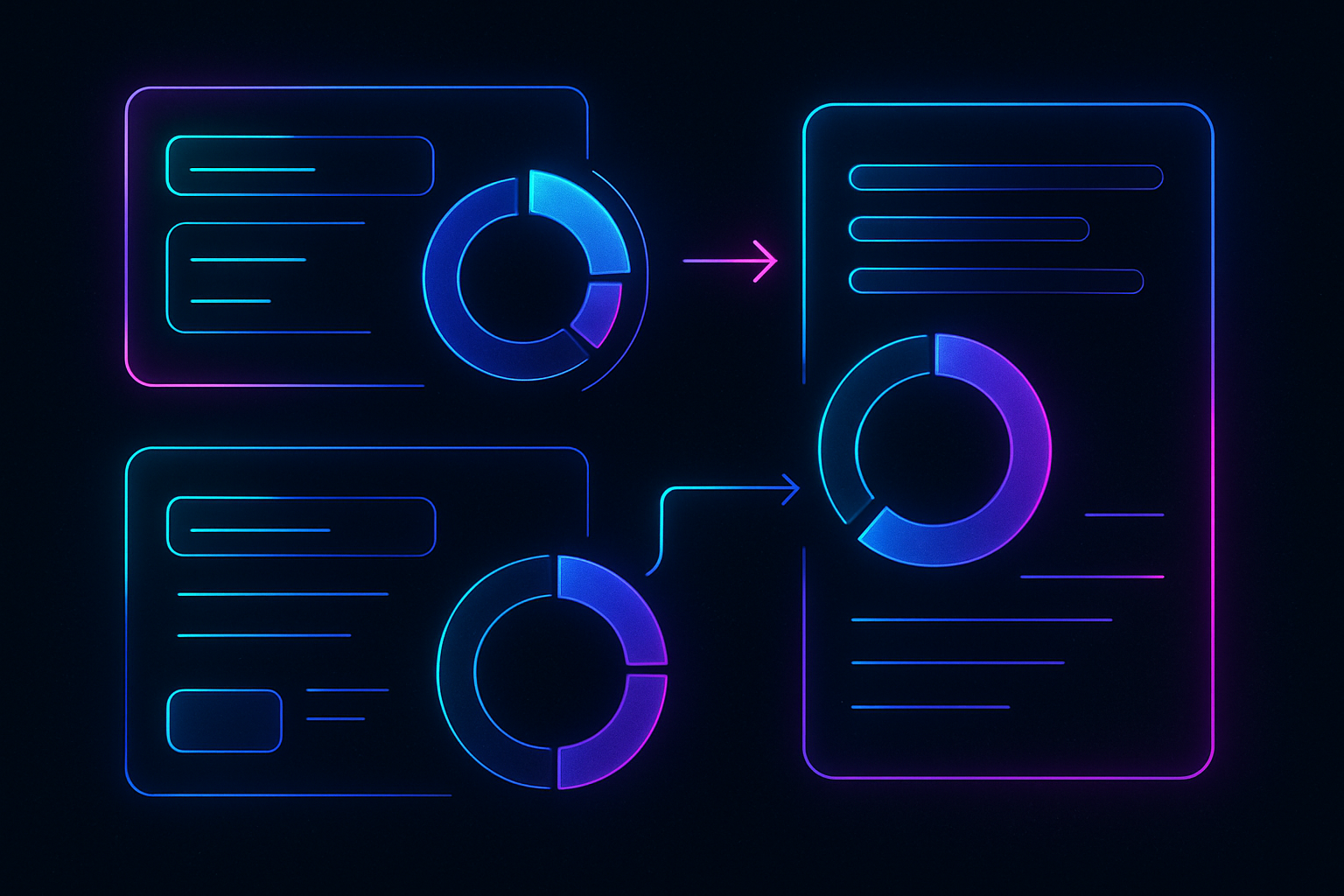
Subscription-based business models are rapidly migrating to blockchain, with onchain subscription proration emerging as a cornerstone of accurate, transparent billing for Web3 SaaS providers and digital creators. Unlike legacy systems that rely on opaque, manual adjustments, blockchain-powered proration leverages smart contracts to automate every aspect of the billing lifecycle. This enables precise, real-time adjustments for upgrades, downgrades, or pauses, eliminating disputes and building trust through auditable, immutable records.

Why Proration Matters in Web3 Subscriptions
Traditional SaaS billing often struggles with fairness and transparency when users change tiers mid-cycle. The result? Confusing invoices, overcharges, and a poor subscriber experience. In the decentralized world, these pain points are magnified, users expect not just automation, but verifiable fairness. Onchain proration solves this by embedding the logic directly into smart contracts. When a subscriber upgrades, downgrades, or pauses their plan, the contract instantly calculates the exact amount owed, down to the second, and updates the invoice accordingly. This is especially vital for creators and platforms offering granular, usage-based access or time-sensitive premium content.
With onchain proration, every billing adjustment is transparent and tamper-proof, no more manual overrides or hidden fees. The blockchain becomes the single source of truth for both creators and subscribers.
How Smart Contracts Enable Accurate Prorated Billing
At the heart of blockchain recurring billing is the programmable nature of smart contracts. These contracts are deployed on-chain to manage subscription logic, payment scheduling, and access control. When a user initiates a change, say, upgrading to a higher tier, the smart contract automatically calculates the unused portion of the current plan and applies a credit toward the new plan. This process is not only automated, but also publicly auditable, making disputes nearly impossible.
For example, if a user upgrades halfway through a billing cycle, the smart contract determines the exact value of unused service and subtracts it from the new plan’s charge. This ensures users pay only for what they use, while creators maintain revenue integrity. The same logic applies to pauses or downgrades, every scenario is handled programmatically, with no room for human error or manipulation.
Key Features of Decentralized Subscription Management
Key Features of Onchain Subscription Proration in Web3
-

Smart Contract-Based Proration: Automated billing adjustments are handled by smart contracts, ensuring subscribers are charged precisely for the duration and level of service used, even during mid-cycle changes like upgrades or downgrades.
-

Token-Agnostic Invoicing: Platforms like SubscribeOnchain support multiple cryptocurrencies and tokens for invoicing, allowing creators and SaaS providers to accept payments in various digital assets, including stablecoins.
-

Transparent and Auditable Transactions: Every subscription payment and adjustment is publicly recorded on the blockchain, providing both creators and subscribers with full transparency and reducing the risk of billing disputes.
-
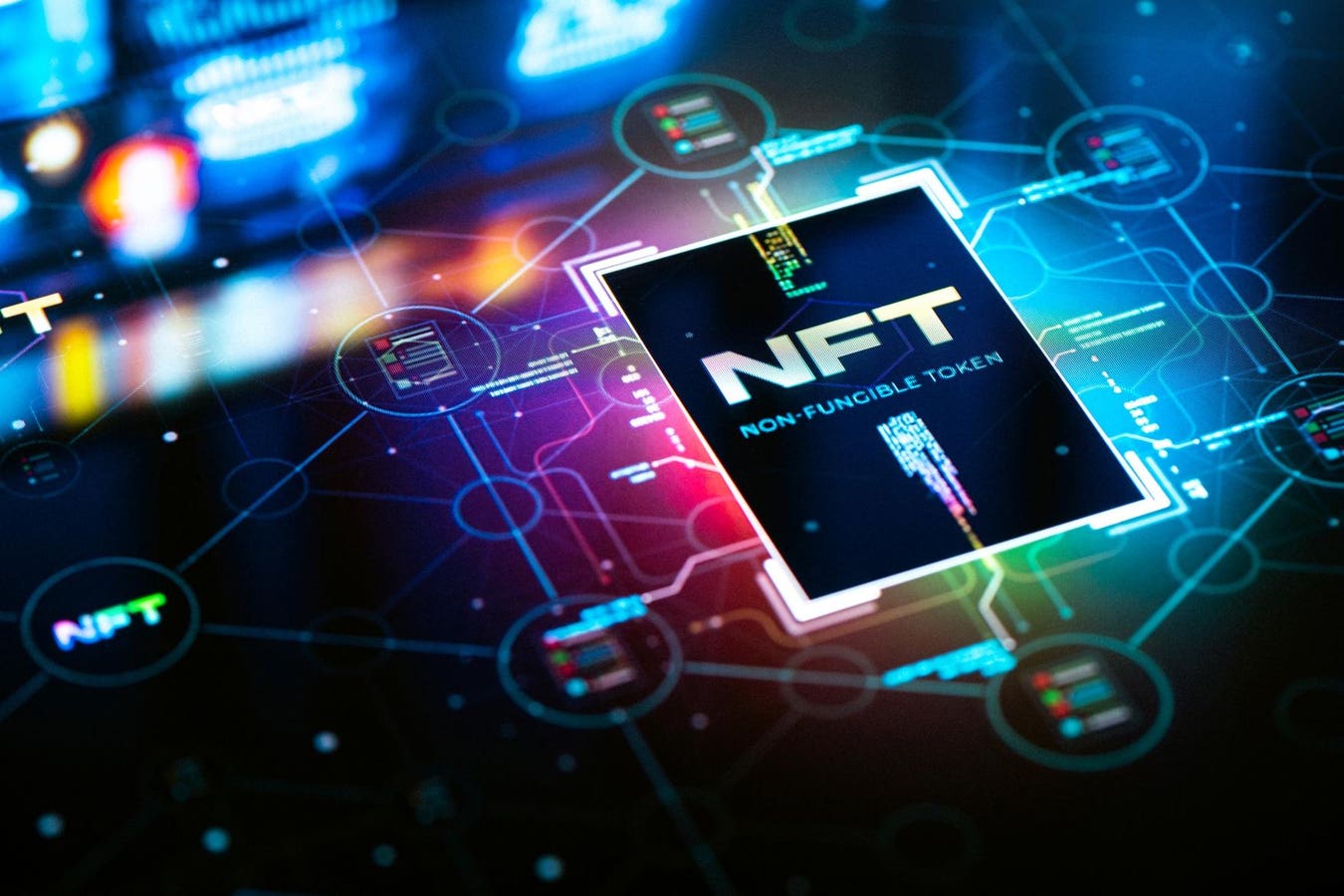
Programmable NFTs and Social Tokens: Subscription access can be managed via programmable NFTs or social tokens, enabling features like expiration dates, usage limits, and secondary market trading for unused subscription time.
-

Composability with DeFi: Onchain subscriptions can integrate with DeFi primitives, such as staking membership NFTs for yield or earning rewards for holding multiple subscription tiers across partner platforms.
-

Automated Payment Scheduling: Smart contracts automate recurring payments at customizable intervals (e.g., daily, weekly, monthly), streamlining the process for both creators and subscribers.
-

Real-Time Billing Adjustments: Billing is calculated down to the second for any mid-cycle changes, ensuring users are never overcharged and creators receive accurate revenue.
The advantages of decentralized subscription management extend beyond proration:
- Token-agnostic invoicing: Accept payments in stablecoins, ETH, or platform-specific tokens, broadening your global reach.
- Integration with NFTs and social tokens: Grant access to exclusive content or services via programmable tokens, adding new monetization layers.
- Composability with DeFi: Subscribers can stake membership NFTs for yield or unlock cross-platform perks, creating a dynamic financial ecosystem around your product.
- Automated, tamper-proof records: Every transaction and adjustment is logged on-chain, supporting financial audits and regulatory compliance.
These features empower creators and SaaS providers to build more flexible, user-centric offerings. For an in-depth breakdown of how proration solves fair billing in Web3, see this detailed guide.
As the competitive landscape for digital products intensifies, decentralized subscription management is quickly becoming the gold standard for both transparency and operational efficiency. The ability to automate complex proration scenarios, handle multi-token payments, and integrate advanced features like NFT-gated access gives Web3 SaaS providers and digital creators a significant edge over legacy systems. This isn’t just a technical upgrade; it’s a paradigm shift in how recurring value is delivered and accounted for in the digital economy.
Dynamic Invoicing: Precision Meets Flexibility
The next frontier for onchain subscription proration lies in dynamic invoicing. Smart contracts can generate invoices that reflect real-time usage, plan changes, and even temporary service pauses. This level of flexibility is crucial for creators offering tiered content or SaaS platforms with modular pricing models. The invoice itself becomes a living document on the blockchain, continuously updated and accessible to both parties, no more waiting for support tickets or back-office reconciliation.
What’s more, token-agnostic invoicing ensures that users can pay with their preferred assets, whether stablecoins for predictability or governance tokens for community-driven projects. This not only broadens the addressable market but also reduces friction at the point of payment, leading to higher conversion rates and improved retention.
Unlocking New Revenue Streams with NFTs and Social Tokens
One of the most powerful aspects of onchain billing is its composability with other Web3 primitives. By issuing NFTs or social tokens as access keys, creators can tap into secondary markets, allowing subscribers to trade or transfer their unused time. This creates a win-win scenario: users gain liquidity and flexibility, while creators benefit from increased engagement and viral growth.
Additionally, staking mechanisms can reward loyal subscribers with yield or exclusive perks, deepening the relationship between creator and community. It’s a far cry from the static, one-size-fits-all models of Web2, and it’s all powered by transparent, programmable billing logic.
Best Practices for Implementing Prorated Billing Smart Contracts
Best Practices for Secure Prorated Billing Smart Contracts
-

Implement Auditable Smart Contracts for Proration LogicLeverage Ethereum or Polygon smart contracts with transparent, onchain proration algorithms. This ensures every adjustment—such as upgrades, downgrades, or pauses—is traceable and verifiable by all parties.
-
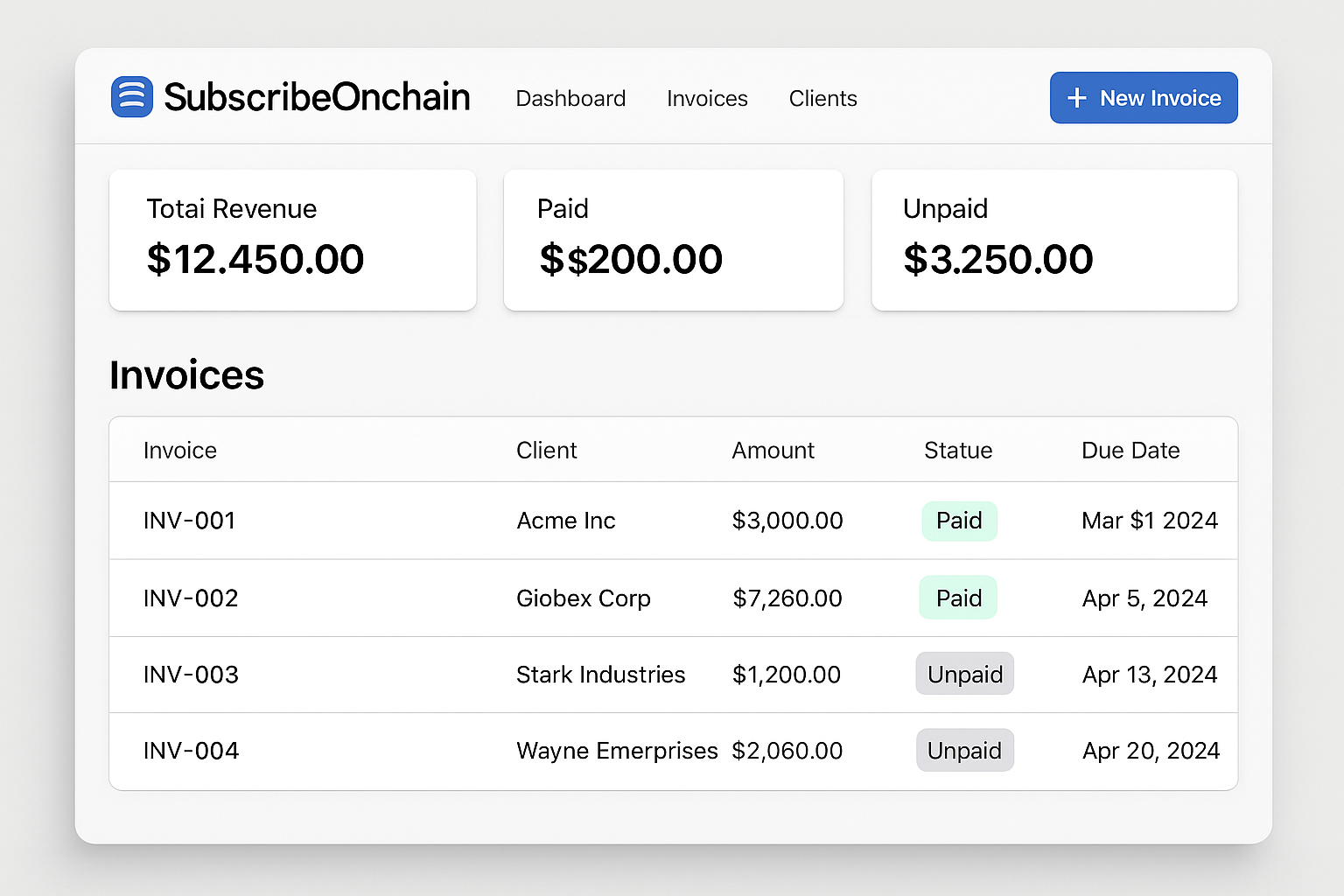
Utilize Token-Agnostic Invoicing PlatformsAdopt platforms like SubscribeOnchain that support multi-token invoicing (ETH, stablecoins, etc.), enabling flexible payment options and reducing friction for global users.
-
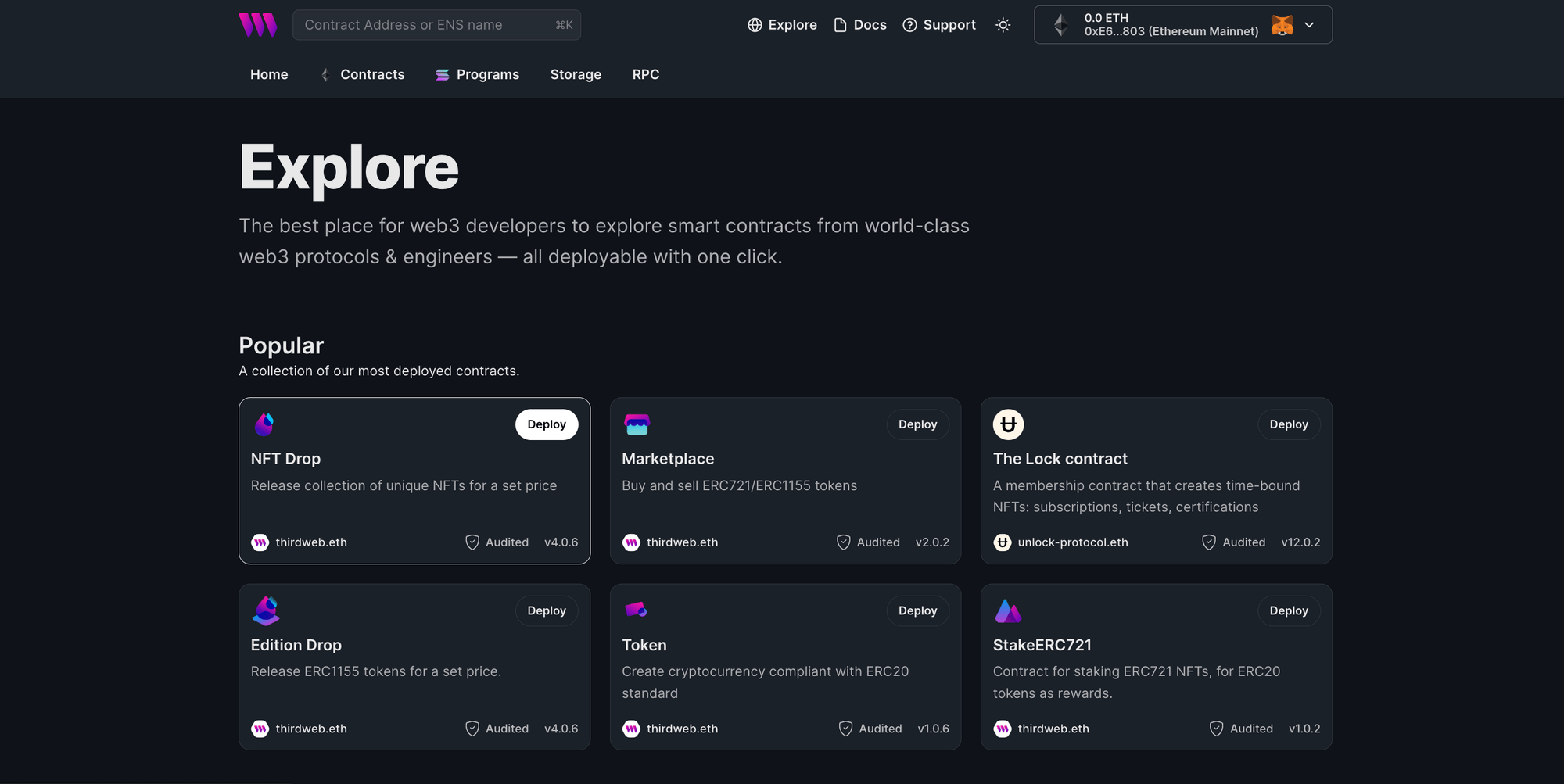
Integrate Access Control with NFTs or Social TokensUse ERC-721 or ERC-1155 standards to issue subscription NFTs or social tokens. These can automate access rights, set expiration dates, and enable secondary markets for subscription time.
-
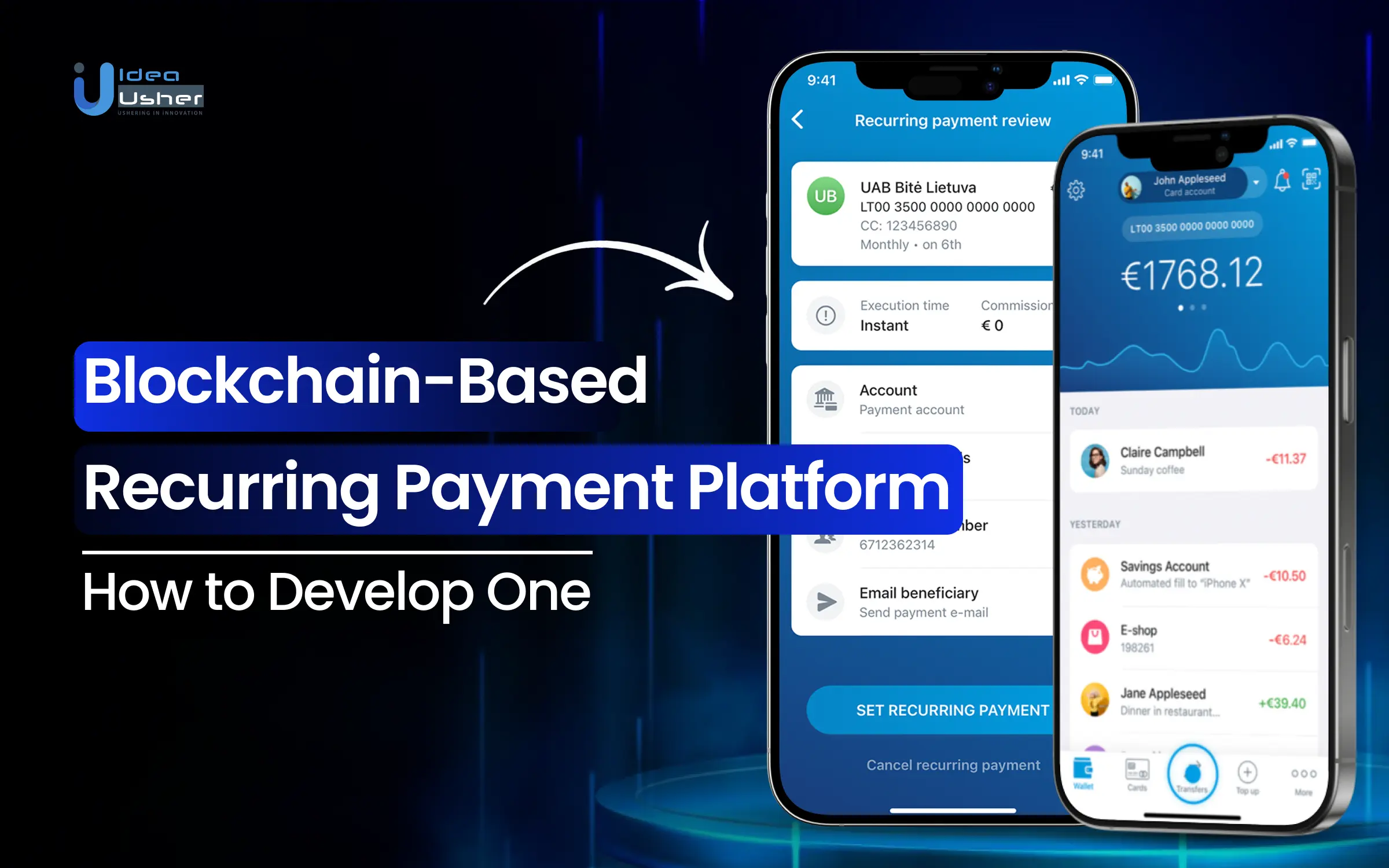
Automate Payment Scheduling and SettlementEmploy platforms like OnChainPay to automate recurring crypto payments, ensuring timely and accurate settlements without manual intervention.
-
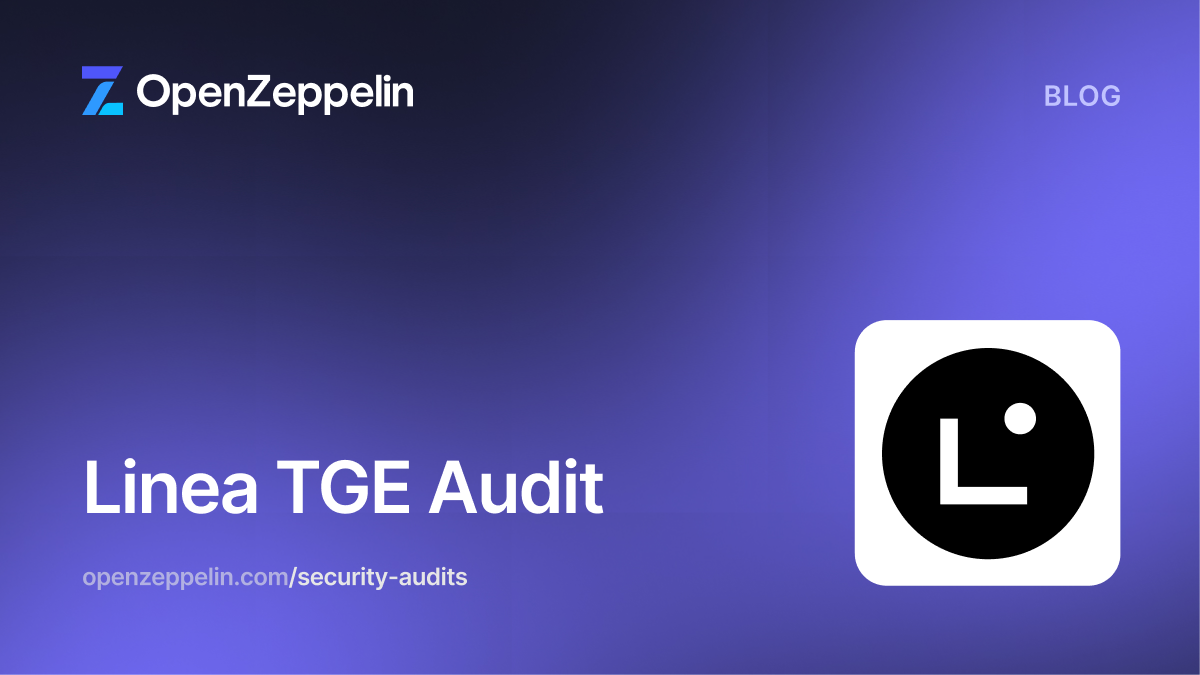
Ensure Security with Rigorous Audits and UpgradabilityPartner with established auditors such as OpenZeppelin or CertiK to review smart contract code. Consider using upgradable contract patterns (e.g., OpenZeppelin Upgrades) for future-proofing and rapid patching of vulnerabilities.
-

Enable Composability with DeFi IntegrationsDesign contracts to interact with DeFi protocols like Aave or Uniswap, allowing features such as staking subscription tokens for yield or cross-platform reward programs.
For teams looking to implement these systems, security and auditability should be top priorities. Smart contracts must be thoroughly tested to handle every edge case, upgrades, downgrades, partial refunds, and more. Ongoing monitoring ensures that any anomalies are caught early, maintaining trust with your user base. For guidance on robust implementation, see our recommended practices.
Ultimately, onchain subscription proration isn’t just about billing accuracy, it’s about building a brand around fairness, transparency, and user empowerment. As more platforms adopt these standards, expect to see subscriber expectations rise across the board. The winners will be those who embrace automation without sacrificing flexibility or trust.




